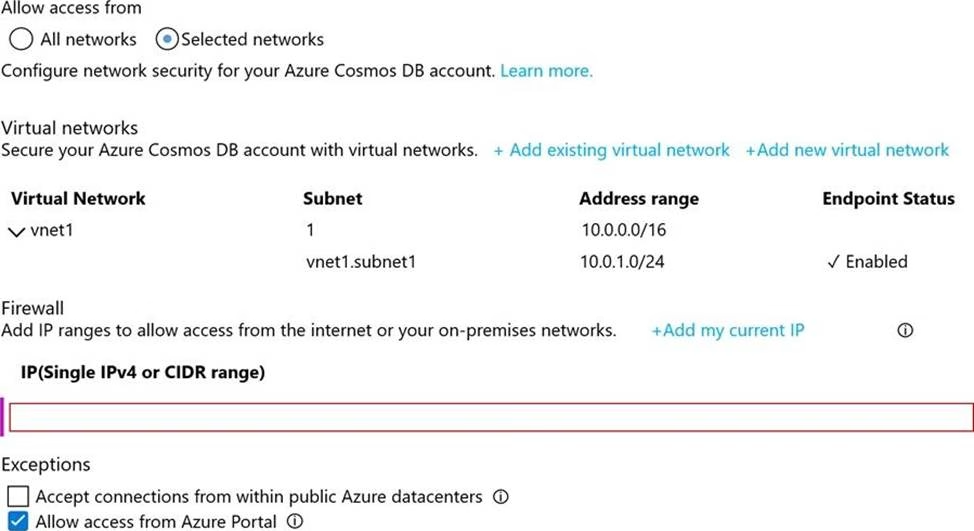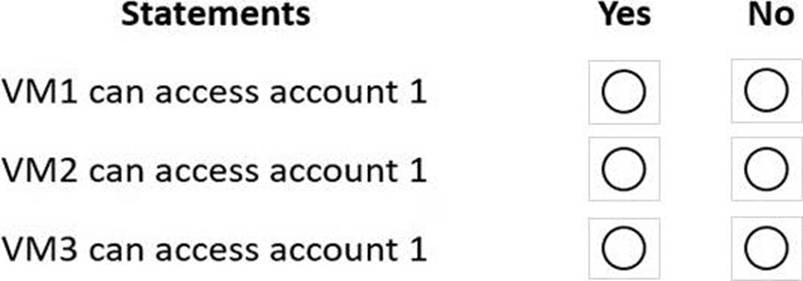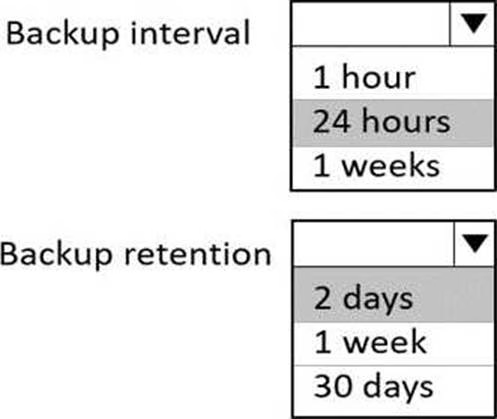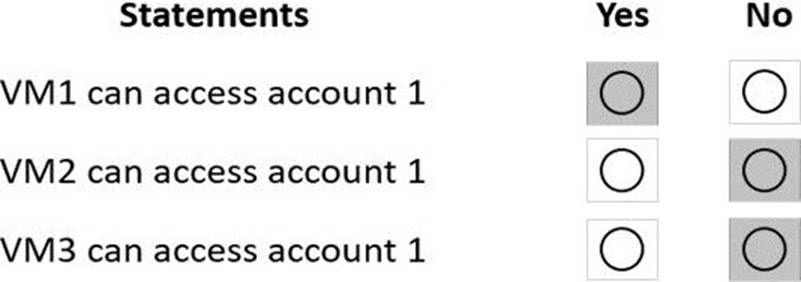Microsoft DP-420 Designing and Implementing Cloud-Native Applications Using Microsoft Azure Cosmos DB Online Training
Microsoft DP-420 Online Training
The questions for DP-420 were last updated at Oct 31,2025.
- Exam Code: DP-420
- Exam Name: Designing and Implementing Cloud-Native Applications Using Microsoft Azure Cosmos DB
- Certification Provider: Microsoft
- Latest update: Oct 31,2025
HOTSPOT
You have a container named container1 in an Azure Cosmos DB Core (SQL) API account.
The following is a sample of a document in container1.
{
"studentId": "631282",
"firstName": "James",
"lastName": "Smith",
"enrollmentYear": 1990,
"isActivelyEnrolled": true,
"address": {
"street": "",
"city": "",
"stateProvince": "",
"postal": "",
}
}
The container1 container has the following indexing policy.
{
"indexingMode": "consistent",
"includePaths": [
{
"path": "/*"
},
{
"path": "/address/city/?"
}
],
"excludePaths": [
{
"path": "/address/*"
},
{
"path": "/firstName/?"
}
]
}
For each of the following statements, select Yes if the statement is true. Otherwise, select No. NOTE: Each correct selection is worth one point.

You have the following query.
SELECT * FROM с
WHERE c.sensor = "TEMP1"
AND c.value < 22
AND c.timestamp >= 1619146031231
You need to recommend a composite index strategy that will minimize the request units (RUs)
consumed by the query.
What should you recommend?
- A . a composite index for (sensor ASC, value ASC) and a composite index for (sensor ASC, timestamp ASC)
- B . a composite index for (sensor ASC, value ASC, timestamp ASC) and a composite index for (sensor DESC, value DESC, timestamp DESC)
- C . a composite index for (value ASC, sensor ASC) and a composite index for (timestamp ASC, sensor ASC)
- D . a composite index for (sensor ASC, value ASC, timestamp ASC)
HOTSPOT
You have a database in an Azure Cosmos DB SQL API Core (SQL) account that is used for development.
The database is modified once per day in a batch process.
You need to ensure that you can restore the database if the last batch process fails. The solution must minimize costs.
How should you configure the backup settings? To answer, select the appropriate options in the answer area. NOTE: Each correct selection is worth one point.

HOTSPOT
You have an Azure Cosmos DB Core (SQL) API account named account1.
You have the Azure virtual networks and subnets shown in the following table.

The vnet1 and vnet2 networks are connected by using a virtual network peer.
The Firewall and virtual network settings for account1 are configured as shown in the exhibit.

For each of the following statements, select Yes if the statement is true. Otherwise, select No. NOTE: Each correct selection is worth one point.

You plan to create an Azure Cosmos DB Core (SQL) API account that will use customer-managed keys stored in Azure Key Vault.
You need to configure an access policy in Key Vault to allow Azure Cosmos DB access to the keys.
Which three permissions should you enable in the access policy? Each correct answer presents part of the solution. NOTE: Each correct selection is worth one point.
- A . Wrap Key
- B . Get
- C . List
- D . Update
- E . Sign
- F . Verify
- G . Unwrap Key
You need to configure an Apache Kafka instance to ingest data from an Azure Cosmos DB Core (SQL)
API account. The data from a container named telemetry must be added to a Kafka topic named iot.
The solution must store the data in a compact binary format.
Which three configuration items should you include in the solution? Each correct answer presents part of the solution. NOTE: Each correct selection is worth one point.
- A . "connector.class": "com.azure.cosmos.kafka.connect.source.CosmosDBSourceConnector"
- B . "key.converter": "org.apache.kafka.connect.json.JsonConverter"
- C . "key.converter": "io.confluent.connect.avro.AvroConverter"
- D . "connect.cosmos.containers.topicmap": "iot#telemetry"
- E . "connect.cosmos.containers.topicmap": "iot"
- F . "connector.class": "com.azure.cosmos.kafka.connect.source.CosmosDBSinkConnector"
You are implementing an Azure Data Factory data flow that will use an Azure Cosmos DB (SQL API) sink to write a dataset. The data flow will use 2,000 Apache Spark partitions.
You need to ensure that the ingestion from each Spark partition is balanced to optimize throughput.
Which sink setting should you configure?
- A . Throughput
- B . Write throughput budget
- C . Batch size
- D . Collection action
You have a container named container1 in an Azure Cosmos DB Core (SQL) API account.
You need to provide a user named User1 with the ability to insert items into container1 by using role-based access control (RBAC). The solution must use the principle of least privilege.
Which roles should you assign to User1?
- A . CosmosDB Operator only
- B . DocumentDB Account Contributor and Cosmos DB Built-in Data Contributor
- C . DocumentDB Account Contributor only
- D . Cosmos DB Built-in Data Contributor only
You have an Azure Cosmos DB Core (SQL) API account.
You configure the diagnostic settings to send all log information to a Log Analytics workspace.
You need to identify when the provisioned request units per second (RU/s) for resources within the account were modified.
You write the following query.
AzureDiagnostics
| where Category == "ControlPlaneRequests"
What should you include in the query?
- A . | where OperationName startswith "AccountUpdateStart"
- B . | where OperationName startswith "SqlContainersDelete"
- C . | where OperationName startswith "MongoCollectionsThroughputUpdate"
- D . | where OperationName startswith "SqlContainersThroughputUpdate"
You have a database in an Azure Cosmos DB Core (SQL) API account. The database is backed up every two hours.
You need to implement a solution that supports point-in-time restore.
What should you do first?
- A . Enable Continuous Backup for the account.
- B . Configure the Backup & Restore settings for the account.
- C . Create a new account that has a periodic backup policy.
- D . Configure the Point in Time Restore settings for the account.
Latest DP-420 Dumps Valid Version with 51 Q&As
Latest And Valid Q&A | Instant Download | Once Fail, Full Refund




